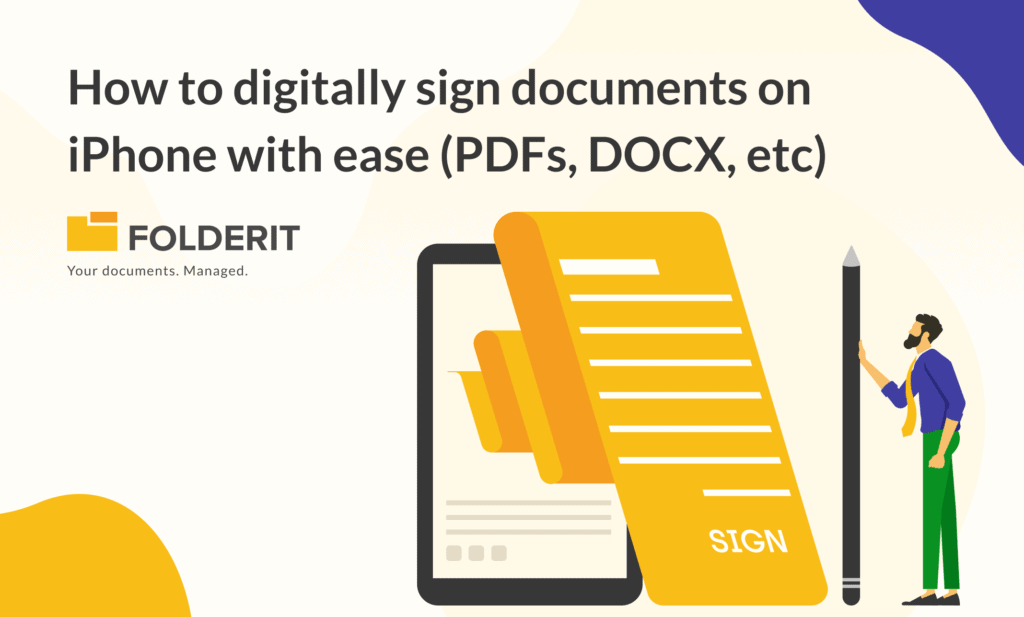The advent of digitalization has fundamentally transformed the leadership paradigm. Leadership 4.0 emerged as a response to the fourth industrial revolution, characterized by the rapid development and integration of technologies like the Internet of Things (IoT), artificial intelligence (AI), and machine-to-machine communication. This new leadership model emphasizes agility, networked thinking, and emotional intelligence, moving away from traditional hierarchical and authoritarian structures to adapt to the dynamic digital landscape.
Understanding Leadership 4.0
Leadership 4.0 is defined by its adaptability and focus on human networks and collaborative decision-making. It aims to foster an environment that encourages innovation, collaboration, and personal development, aligning with the digital and global economy's demands. This approach departs from fixed roles and responsibilities, advocating for tasks to be assigned based on skill levels and promoting cross-functional collaboration. Leaders in this era act more as coaches and facilitators, empowering employees and encouraging active participation in decision-making.
Core Aspects of Leadership 4.0
-
Networked Thinking and Action: Emphasizing interconnectedness and collaborative problem-solving.
-
Agility and Adaptability: Being able to swiftly respond to market changes and new technologies.
-
Empowerment: Encouraging employees to take initiative and contribute to decision-making.
-
Building Digital Skills: Prioritizing the development of digital competencies across the organization.
-
Communication and Transparency: Maintaining open lines of communication and clear visibility into processes and decisions.
-
Networking and Further Training: Promoting continuous learning and professional development.
Benefits of Leadership 4.0
Adopting Leadership 4.0 offers numerous advantages, these include:
-
Increased organizational agility
-
Fostering innovation
-
Strengthening employee loyalty
-
More effective resource use
-
Becoming an employer of choice
-
Achieving better customer focus
These benefits are crucial for companies looking to thrive in the modern, fast-paced business environment.
Types of Leadership Styles
Leadership in the digital age is not one-size-fits-all. It encompasses various styles that cater to the dynamic needs of digital workforces and the fast-paced technological landscape. Understanding these styles can help leaders choose the best approach for different situations:
- Transformational Leadership: This style is about inspiring and motivating employees to exceed their expectations and capabilities. Transformational leaders are visionaries who foster a culture of innovation and change, crucial for digital transformation initiatives.
- Servant Leadership: Putting the needs of employees first, servant leaders focus on building relationships and communities, enhancing employee satisfaction and collaboration. This approach is effective in building agile teams that are responsive to digital challenges.
- Democratic Leadership: Emphasizing collective decision-making, democratic leaders encourage participation and input from team members, fostering a sense of ownership and accountability that is vital for navigating digital projects.
- Coaching Leadership: Leaders who adopt a coaching style invest in developing their team's skills and competencies, particularly in digital literacy and problem-solving, ensuring the workforce is equipped to handle the demands of the digital world.
Challenges and Solutions
While Leadership 4.0 presents a forward-thinking framework for leadership, it also introduces challenges such as resistance to change, the need for new leadership skills, technological complexity, cultural shifts, communication challenges, and concerns around data protection and ethics. Overcoming these challenges requires a comprehensive approach, including:
-
Addressing Resistance to Change: Implementing change management strategies to ease the transition.
-
Developing Leadership Skills: Offering training and development programs focused on empathetic leadership and digital literacy.
-
Embracing Technological Solutions: Leveraging collaborative platforms, big data analytics, AI, and modern Document Management Systems (DMS) to support decision-making, innovation, and efficient information management.
Integrating Leadership 4.0 with Digital Tools
To be effective in the digital world, leaders must leverage digital tools that facilitate communication, collaboration, and efficiency:
-
Collaborative Platforms: Tools like Slack, Microsoft Teams, and Asana enhance team collaboration and project management, enabling leaders to oversee projects more effectively.
-
Data Analytics Tools: Utilizing data analytics can help leaders make informed decisions, predict trends, and personalize customer experiences.
-
AI and Automation: Implementing AI and automation in routine tasks can free up time for leaders and their teams to focus on strategic initiatives and innovation.
Building a Digital Mindset
Adopting Leadership 4.0 requires more than just understanding digital tools; it necessitates a digital mindset:
-
Continuous Learning: Leaders must commit to lifelong learning, staying abreast of technological advancements and digital trends.
-
Risk-Taking and Innovation: Encouraging a culture where taking calculated risks is rewarded, and failures are viewed as learning opportunities.
-
Adaptability: Being flexible and open to change is essential, as the digital landscape is constantly evolving.
Practical Steps for Leaders in the Digital World
To effectively navigate the transition to Leadership 4.0, leaders can take the following practical steps:
-
Assess and Develop Digital Skills: Regularly assess the digital skills of your team and yourself. Identify gaps and invest in training and development programs.
-
Foster Digital Collaboration: Create opportunities for your team to collaborate digitally, using projects as a platform for learning and innovation.
-
Implement Digital KPIs: Set key performance indicators (KPIs) that reflect digital objectives, such as digital adoption rates, online engagement metrics, and digital project delivery times.
-
Promote a Digital Culture: Lead by example in using digital tools and methodologies. Recognize and reward digital innovation within your team.
-
Engage in Digital Networking: Build your digital network by engaging with thought leaders, participating in online forums, and attending virtual conferences related to your industry.
Embracing the Future: Leading with Insight and Innovation in the Digital Era
Leadership 4.0 is about embracing the challenges and opportunities presented by the digital age. It requires a blend of traditional leadership qualities—such as vision, empathy, and integrity—with new competencies in digital literacy, data-driven decision-making, and agile project management.
By understanding the various leadership styles that resonate with today's digital workforce, integrating digital tools into daily operations, and fostering a culture of continuous learning and innovation, leaders can ensure their organizations not only survive but thrive in the digital era. As we move forward, the leaders who will stand out are those who can seamlessly blend human insight with digital innovation to drive their organizations to new heights of success.



